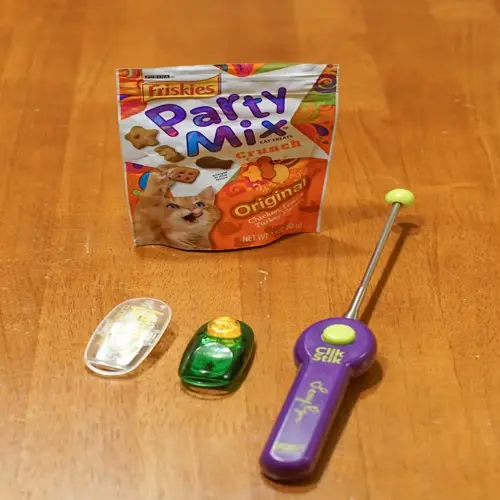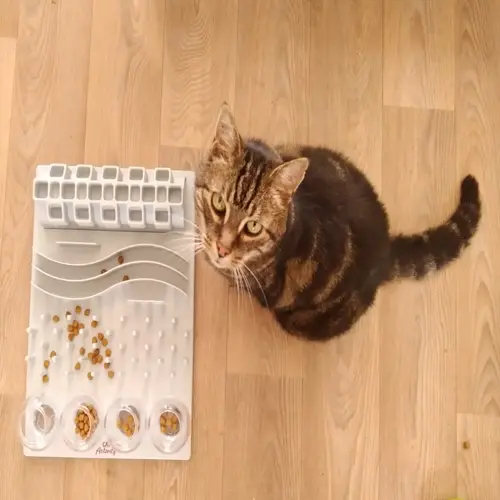What indicates my cat is overweight?

Written by
John Williams
Reviewed by
Prof. Henry Webster, Ph.D.The early identification of overweight indicators minimizes the risk of serious health complications in cats. Most cat owners are unaware of these signs until complications develop. As a veterinarian, I make it a routine to evaluate the condition of various body parts at each pet visit. You can learn these assessment methods at home by observing and practicing well.
Visual Indicators
- Stand above: No visible waist behind ribs
- Side view: Sagging belly without tuck
- Profile: Fat pads near hind legs
Tactile Checks
- Ribs: Require pressure to feel
- Spine: Difficult to locate bumps
- Tail base: Excess padding
Health Implications
- Increased diabetes risk
- Joint stress and arthritis
- Reduced life expectancy
Conduct a monthly assessment of body condition using similar methods each time. Look down on the cat from above and assess the hourglass figure behind the ribs. Observe the side view for the abdominal tuck.Gently rub the ribs with your fingers, applying light pressure. Ribs should feel like the knuckles on your hand.
Common indicators of overweight include difficulty grooming the back, reluctance to jump, and labored breathing during activity. There are often fat deposits near where the tail joins the body that form a "pouch." If your cat pants with very little activity or sleeps excessively, note these behavioral changes, as they are indications of weight problems.
To address weight issues immediately, both meal reduction and increased activity level are essential. Meal portions should be decreased by 5-10% per week under the guidance of a veterinarian. Consider implementing low-impact exercises such as those involving a feathered toy. I have recommended three daily 10-minute sessions. Always consult your veterinarian before initiating any weight-loss program to ensure the safety of your pet.
Effective weight management can help prevent costly health problems. Maintaining your cat's ideal body condition minimizes the need for arthritis medications. It also significantly decreases the chances of developing diabetes. Your continuing monitoring and adjustment of her weight will prolong her active years and increase her daily comfort and mobility.
Read the full article: Complete Cat Feeding Guidelines for Every Owner

